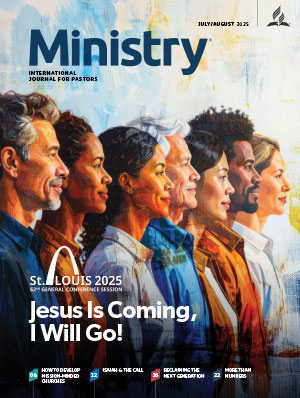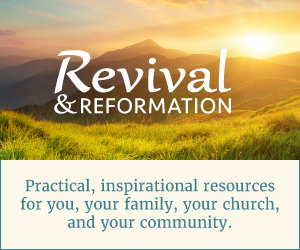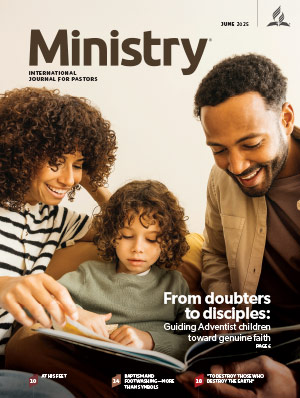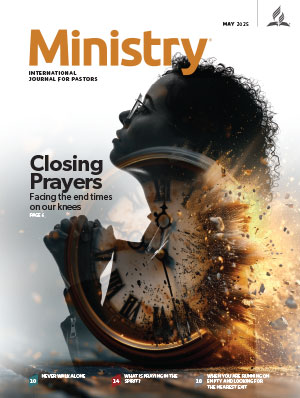What if everything you wanted to know about Adventism could be distilled into one volume? Impossible? Of course. But that has not stopped Oxford University Press from trying, and the editors have done a remarkable job.
Weighing in at about 2.5 pounds (a little over a kilogram) and 605 pages, the book is a 38-chapter reference book. While not a page-turning novel, the subject is compelling not only because it profiles the largest denomination to emerge out of the Millerite movement but also because, personally, as a fifth-generation Adventist and having served in the ministry since 1978, it is a huge part of my life, identity, and vocation.
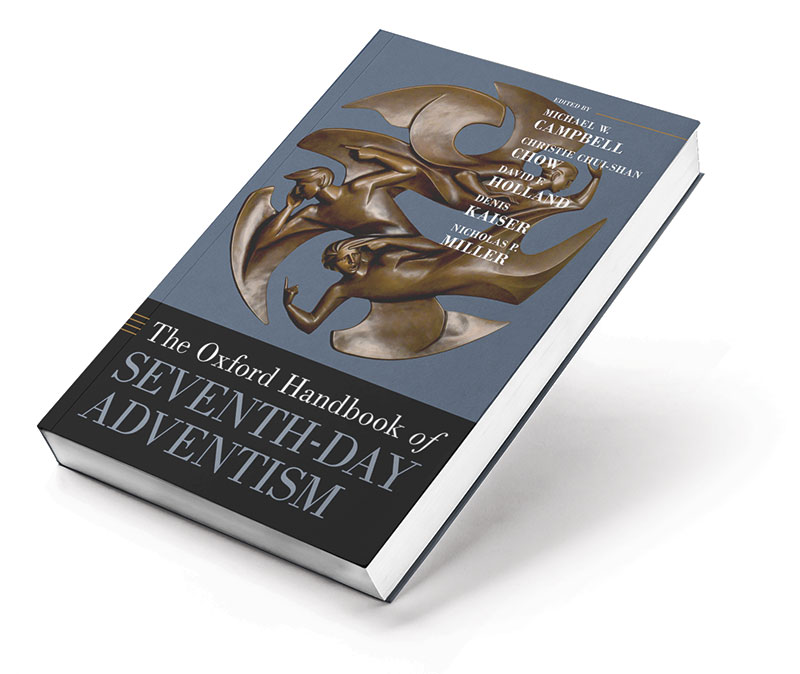
The handbook is like looking at earth from space, orbiting the continents of “History of Adventism,” “Scripture, Inspiration, and Ellen G. White,” “Theology,” “Worship, Preaching, and Ordinances,” “Organization and Ministry,” “Global Church,” and “Culture, Ethics, and Politics,” with the ability to drop out of orbit and land on individual chapters within each continent. Despite my Adventist background, my exploration was filled with surprise discoveries. Who knew that the first director of the Negro Department of the General Conference was a white man, or that the Adventist tradition of a cappella music was scandalized when James White brought a small reed organ to camp meeting, or that Adventists occupy the office of prime minister in more than one country in the world?
There is a tasty scholarly compendium stew in the variety of authors: Adventists, employees or former employees, men, women, writers from other faith traditions, those rooted in the US, and those outside the US. Furthermore, the diversity in writing styles, worldviews, personalities, passions, fields of expertise, and tone simmer together and are perfect for the varied appetites of the intended readers.
For example, Sigve Tonstad expands on historical Adventist Sabbath theology by incorporating contemporary perspectives on the Sabbath from various scholars of different faiths. Taking a complex subject such as righteousness by faith, John Brunt breaks it down to basic, easy-to-understand concepts. For those who love deep and dense, Martin Pröbstle’s microscopic approach to the sanctuary should be satisfying. Boubakar Sanou’s honest reflection on Adventists in Africa and Wendy Jackson’s assessment of church structure open the door to uplifting critical thinking.
To cover the massive scope of the project, the writing is crisp and concise, yet with generous endnotes and enough rabbit holes to satisfy those with insatiable curiosity. This book is particu-larly beneficial for pastors, especially those who did not have the opportunity to earn a formal degree in pastoral training from an accredited Adventist school. Additionally, for individuals like me whose formal education is decades old, the book is invaluable as it incorporates some of the latest scholarly research on the vast landscape of Adventism.
Much of our work as pastors revolves around preaching and worship services, including ordinances and rituals. These skills and practices have a fascinating history. Jud Lake’s “Adventist Pastoral Ministry and Preaching,” David Williams’s “Adventist Hymnody and Music,” and Darius Jankiewicz’s “Ordinances and Rituals” each give insights into the origins, development, growth, conflict, and diversity of these pastoral skills.
The greatest drawback of the book is the price of around US$150, but there are solutions for obtaining this one-volume library. If you are a student, The Oxford Handbook can be viewed online through many libraries, including Adventist academic institutions. If possible, a hardback copy is more convenient and a great value considering that collecting the content of the handbook from all the sources would take a lifetime, cost thousands of dollars, and take up a lot of shelf space. Many congregations follow the tradition of celebrating pastoral appreciation month in October. Maybe you could drop some hints.
I highly recommend this book for pastors and administrators of all faith traditions, including those who are privileged to serve in this enigmatic, complex, storied, and wonderful denomination.

